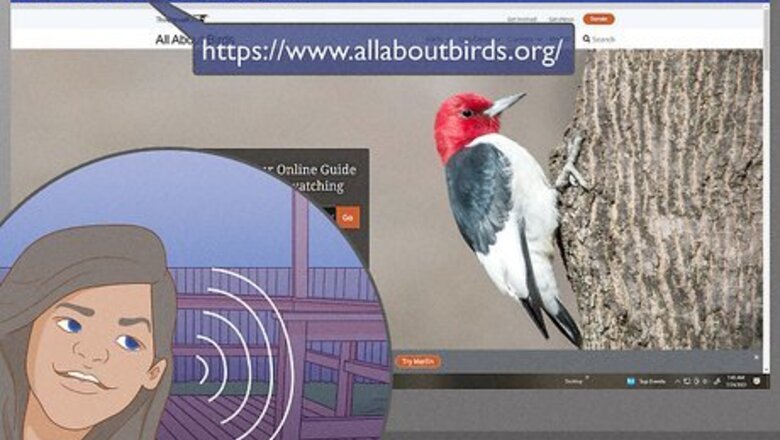
views
Determining What Owls Live Near You
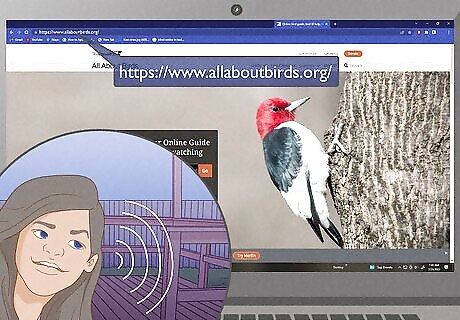
Listen for their calls at night time. The easiest way to find out what type of owls live around you is to listen to their calls at night time. Night time is the best time since owls do the majority of their hunting at night. You can hear the calls of common owls at https://www.allaboutbirds.org/.
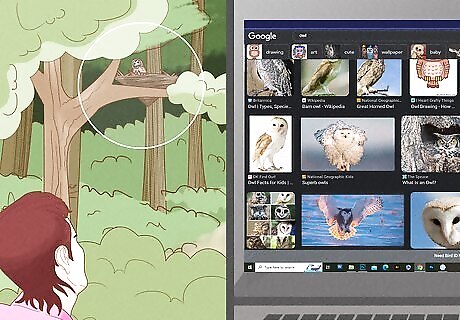
Look for owls that live around your home. In addition to listening to the calls of owls at night, spend some time trying to visually spot the owls that live near you. The best way to visually identify owls is to get a bird book for the region you live in. Check out the All About Birds website for pictures of owls common to North America. You may have the best luck spotting an owl early in the morning or at dusk.
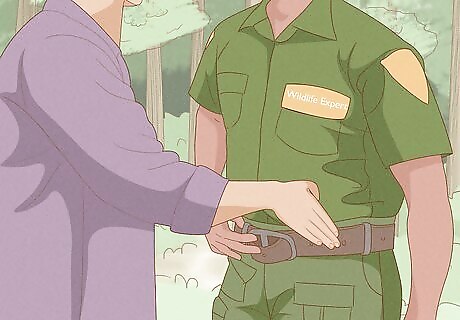
Talk to a wildlife expert. In addition to listening and looking for owls around your home, consider talking to a local wildlife expert or someone of a similar profession. Local experts will know what owls live near you and may be able to give you advice about how to attract them to your property. To find a wildlife expert, consider calling: The local Humane Society. A local zoo. The biology department of a nearby college or university.
Installing an Owl Box
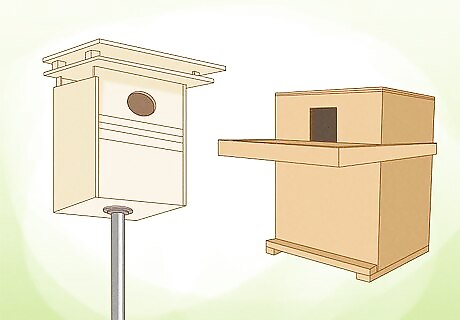
Build or buy an appropriate box. Depending on the types of owls that inhabit your region, you’ll need a box that is suited to those specific owls. This is important, as owls vary greatly in size and behavior. If you don’t have the right box, you won’t be able to attract owls to your property. Use this chart to determine the appropriate size of box for the type of owl in your area: http://www.audubon.org/sites/default/files/documents/nest_box_chart_0.pdf
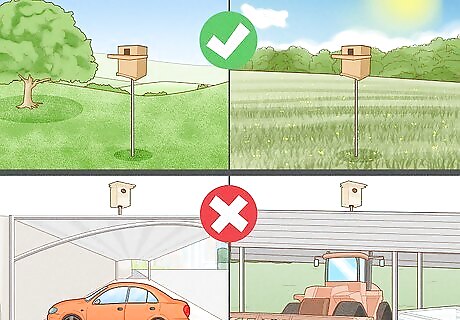
Find a good location for the box. Look for a location near a field, meadow, or another open area. In addition, choose a location that does not have much man-made noise. An area far from a road will work well. Avoid placing owl boxes above cars, tractors, or farm equipment. Don’t put boxes too close together. Although owls aren’t very territorial, putting boxes nearby could discourage multiple owls from nesting there. If you’re trying to attract barn owls, you can attach the box to the inside of a barn or the outside of your home.
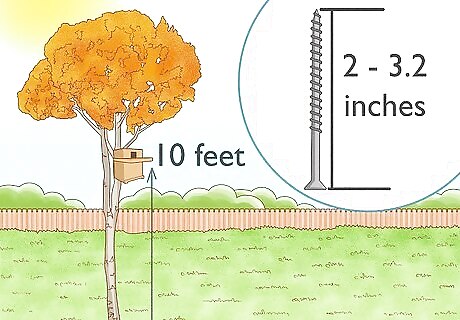
Position the box properly. Attach the box to a tree, pole, or structure that is at least 10 feet (3 meters) off the ground. In addition, the entrance must face any direction but north. If the box is too low, it might make an easy target for predators trying to eat owl chicks. If the box faces north, it will be exposed to cold northerly winds. Use 2 or 3 2-inch wood screws (5 cm) to secure the box to the tree or structure. The box should be able to support up to 5 lbs (2.25 kg). Make sure the box entrance is clear and faces an open area.
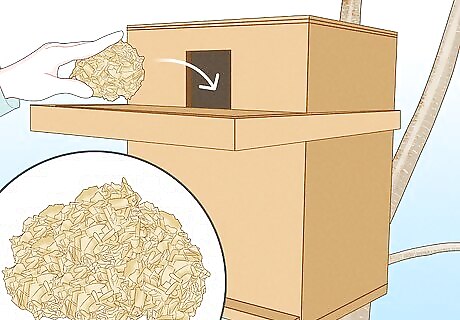
Place wood shavings in the bottom of the box. Fill the box with 2 or 3 inches (5 to 7.5 cm) of untreated wood shavings. The wood shavings will serve as nesting material for owl chicks during the spring time. It will also provide warmth for more mature owls during the winter.
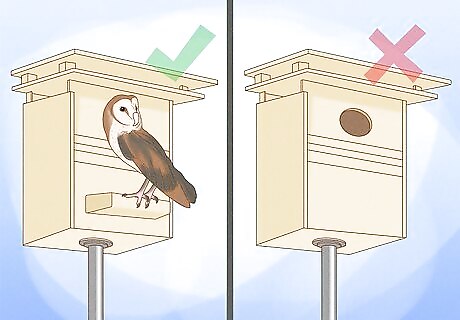
Add a stick or a small board on the outside of the box. Use several wood screws to secure a stick or small board to the outside of the box. This will allow the owl to perch in front of the box. It will make the box a much more attractive home site.
Providing Resources
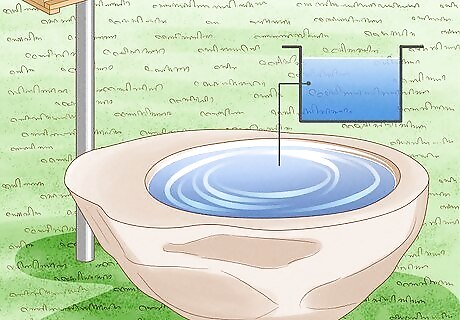
Create a water source. Provide a somewhat large and deep bird bath. This is important, as small bird baths that may work for other birds aren’t large enough to accommodate most owls. Ultimately, without a clean water source, you won’t be able to attract owls. If you have a nearby pond, stream, or similar source of natural water, you won’t need to provide water. The larger the source of water, the farther from the box it can be. If the only source is a small bird bath, try to position it within several hundred feet of the box.
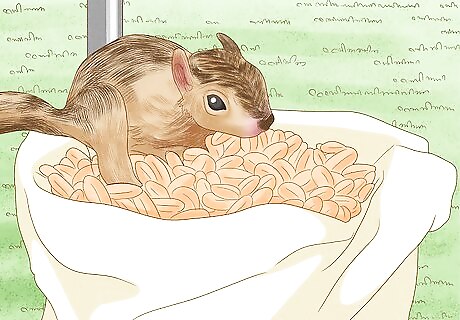
Attract rodents. While it may seem like something you don’t want to do, by providing food for rodents (like grain and corn), you’ll help attract owls. This is because owls rely heavily on rodents as a source of food. Without a proper food source, owls won’t move onto your property.

Avoid using pesticides or poisons around your property. By using pesticides or other poisons to kill rodents or insects, you’ll inadvertently poison owls around your home. This is because rodents will feed on poisoned insects and then be eaten by owls – poisoning them, too. By using poison on your property, you’ll make a huge – and devastating – impact on the owl population in the area.

















Comments
0 comment